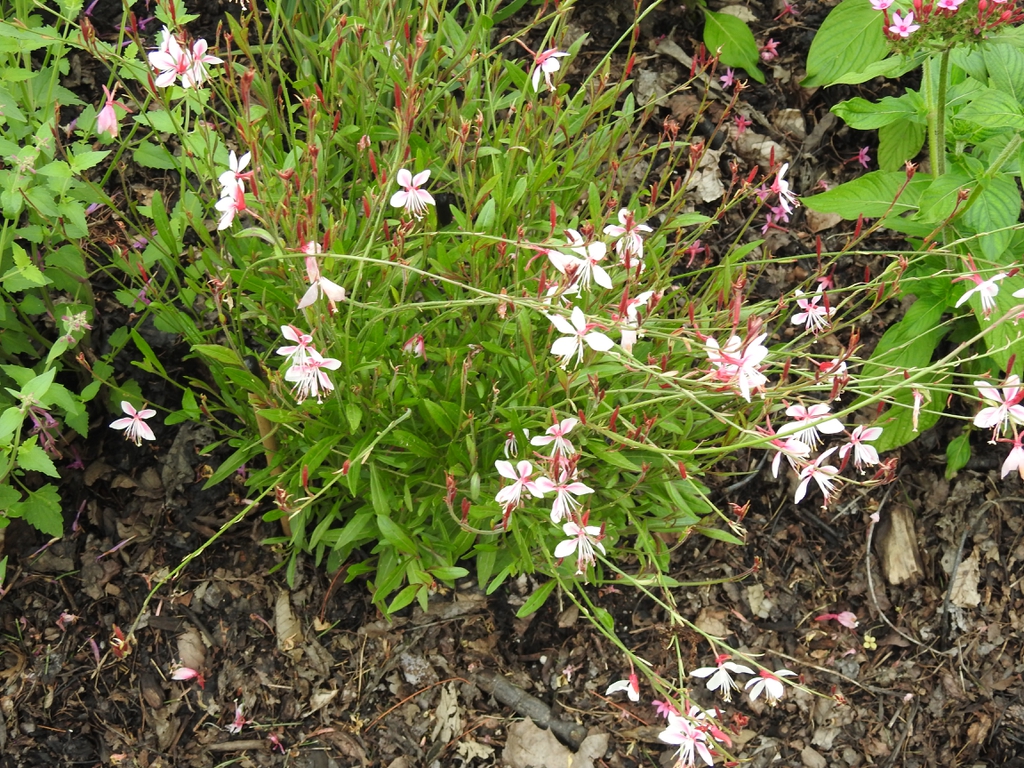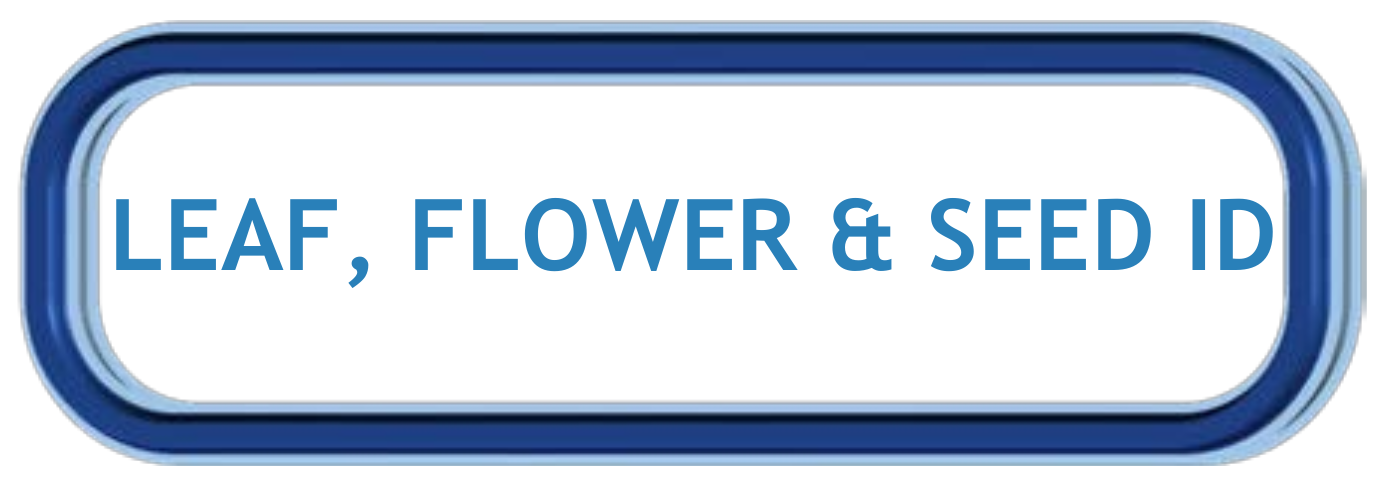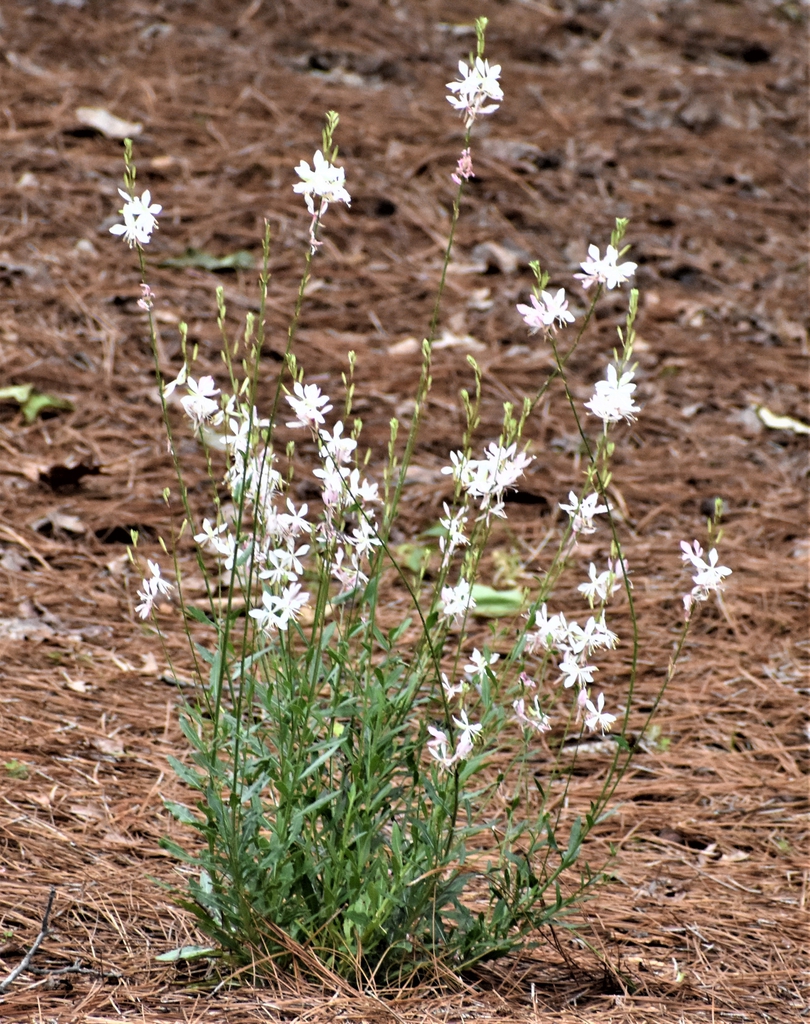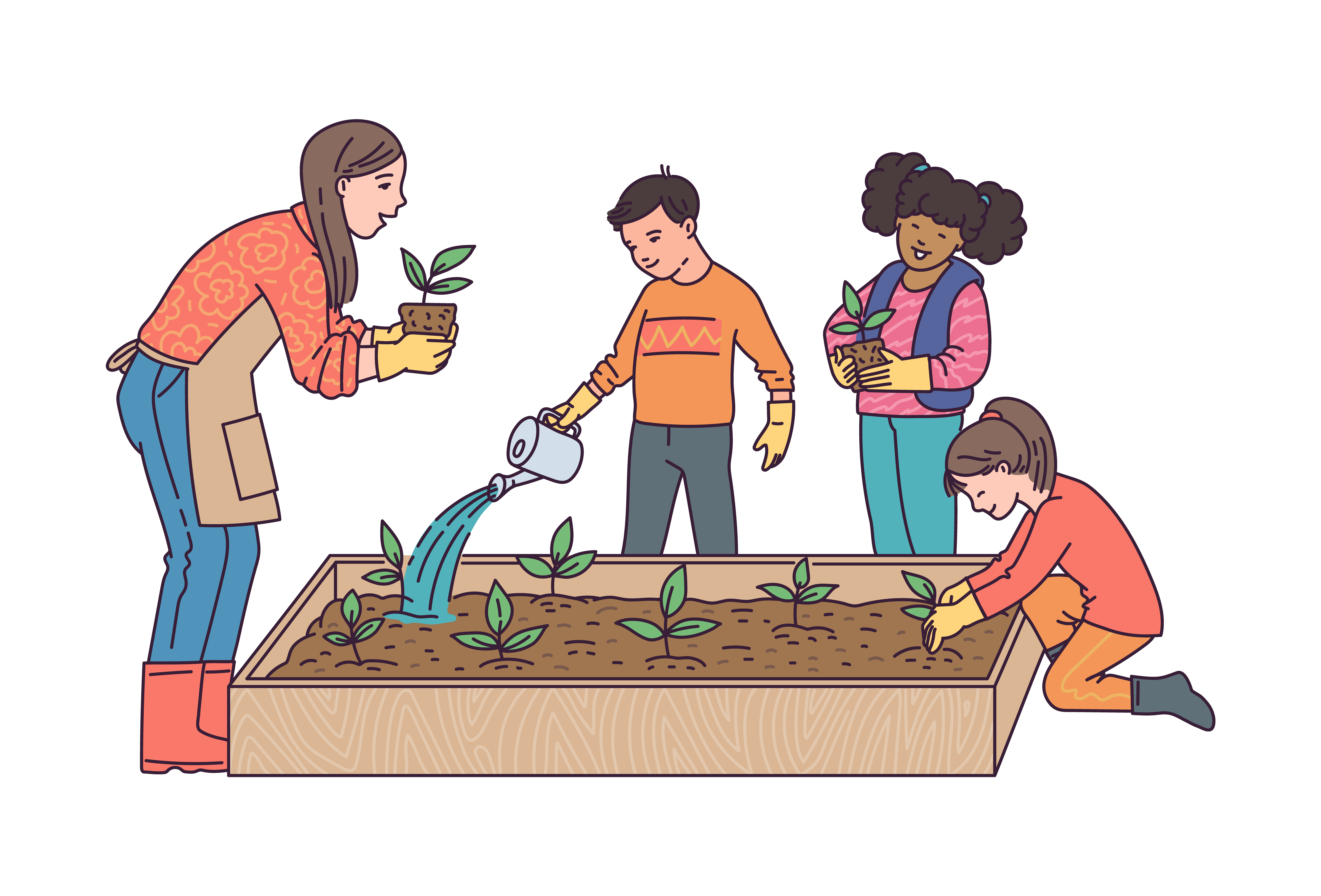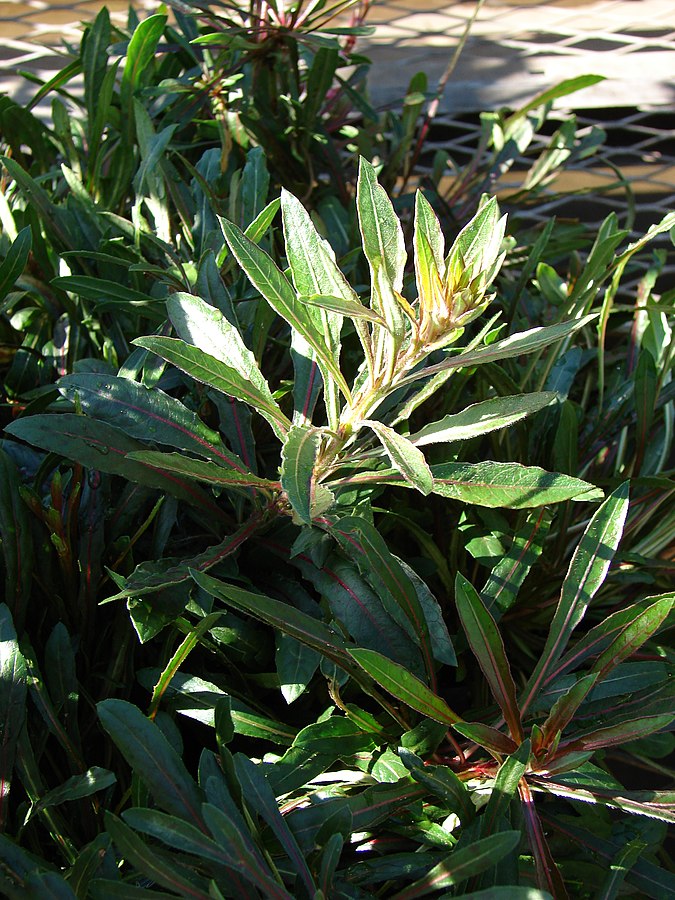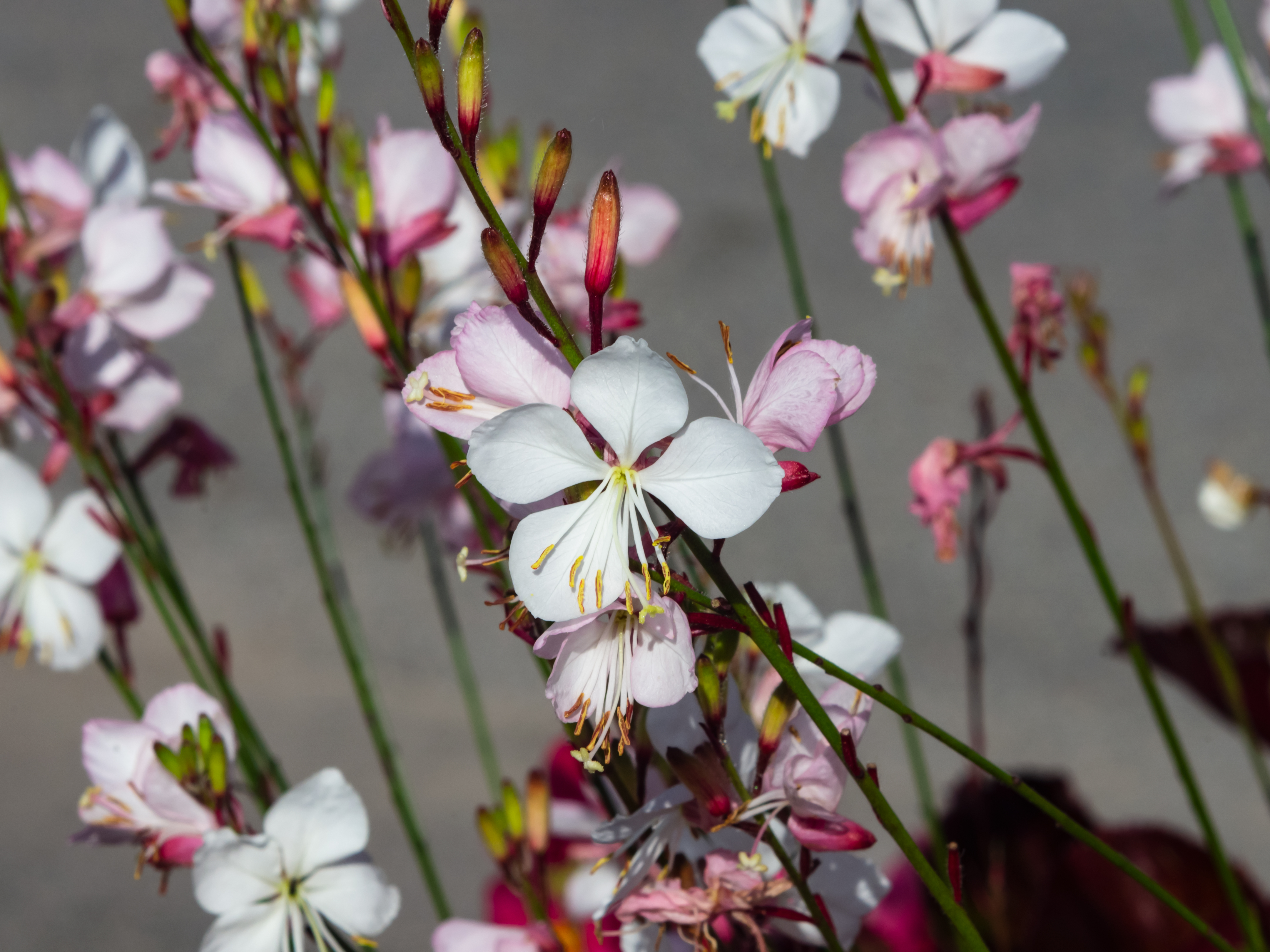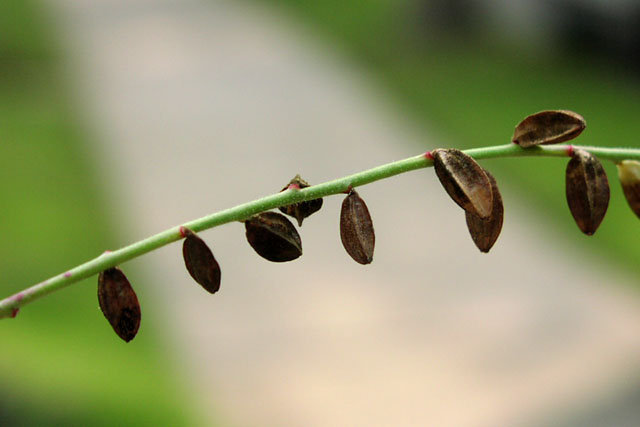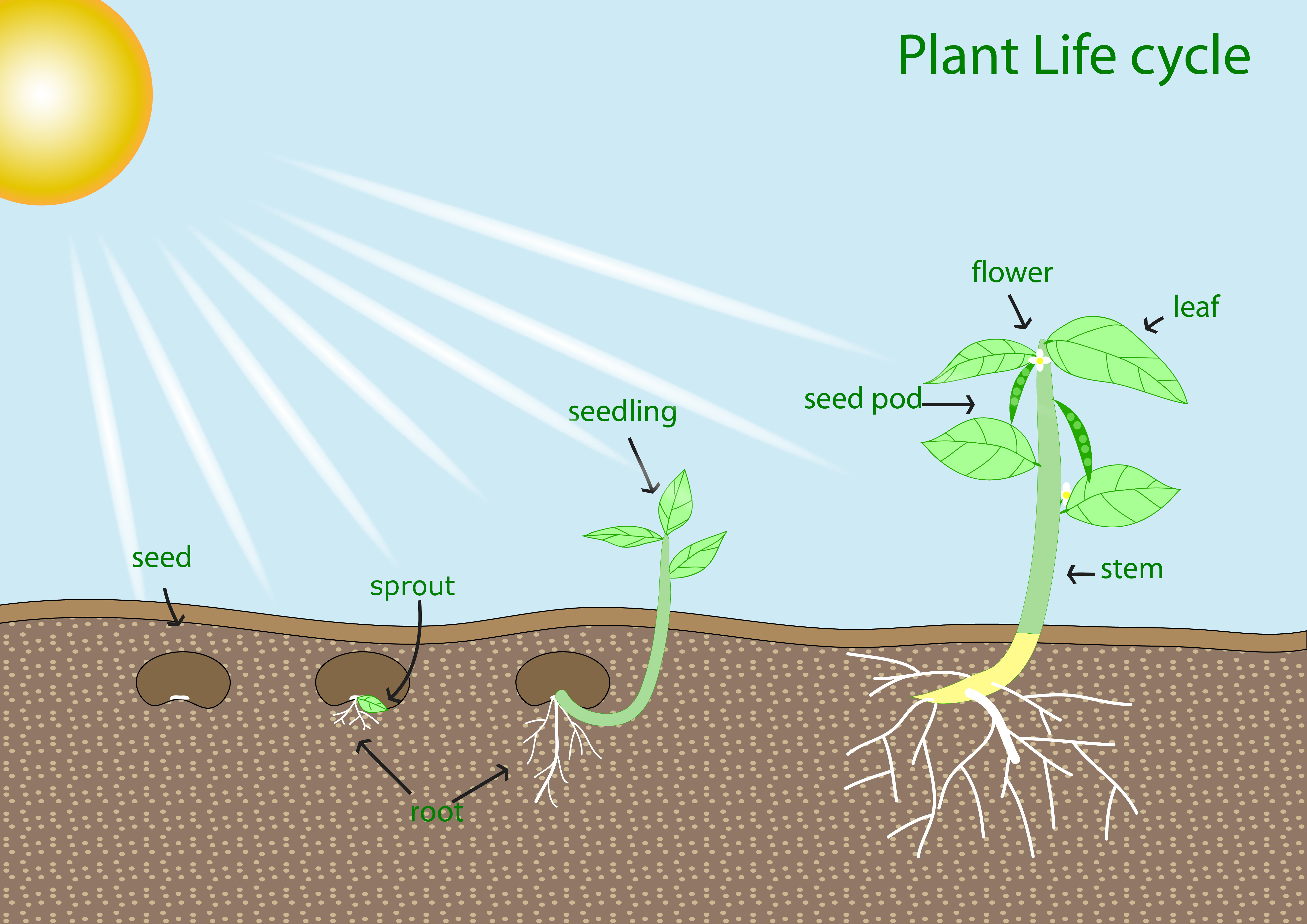Dig into Plants: Beeblossom
Beeblossom Other Common Names: White Gaura, Butterfly Gaura, Lindheimer's Beeblossom, Lindheimer's Gaura, Indian feather, Lindheimer's clockweed, Pink Gaura, Whirling butterflies Scientific Name: Oenothera lindheimeri Native to Alabama: Yes |
|
North Carolina University Extension Kathleen Moore Click on image to enlarge it |
Learn more about...
| Ecological Benefits |
| This plant provides food for: | ||
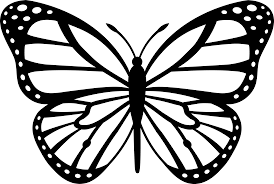 |
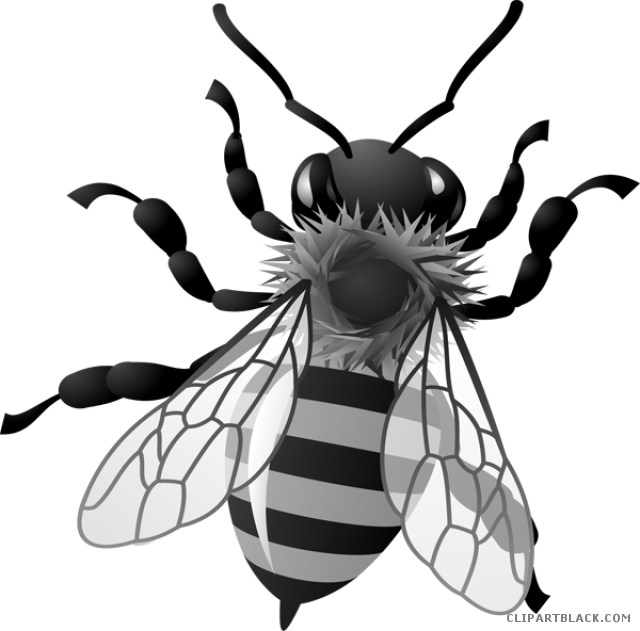 |
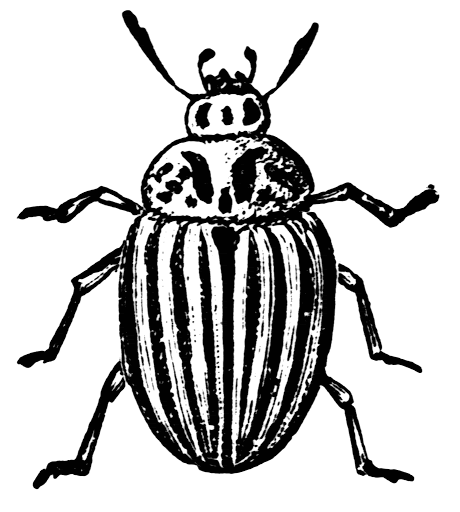 |
| Butterflies | Native Bees | Other Pollinators |
| Habitat Requirements | |||
| This plant prefers: | |||
|
(6+ hours of sun per day) (2-6 hours of sun per day) |

Average Watering |
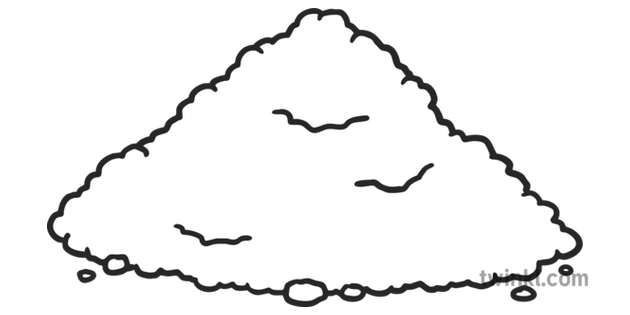 Sandy, Loamy, Clay, Acidic, Sandy, Loamy, Clay, Acidic,or Moist Soil |
|
| Leaf, Flower & Seed Identification | ||||
| LEAF DESCRIPTION |
Wikimedia
Forest and Kim starr Click on image to enlarge it |
|||
| Leaf Characteristics Chart (JPG) | ||||
| Shape: Lanceolate |
Margin: Serrate |
Arrangement: Alternate |
Form: Simple |
|
| Description: | ||||
| Soft, hairy; Dark green in summer and red, gold, or purple in fall; 1-3 inches long and half an inch wide; grow in rosette form at base and singly on the stem | ||||
| FLOWER DESCRIPTION |
Click on image to enlarge it |
|||
| Flower Shapes Chart (JPG) | ||||
| Color: White, pink |
Shape: Papilionaceous (butterfly-like) |
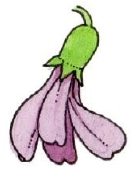 |
Bloom Months: April - July |
|
| Description: | ||||
| ½ - 1-inch wide flower with 4 petals on the upper side and 8 long stamens and 1 pistil on lower side; grow on long, wiry spikes; open in the evening or early morning; white, fading to light pink | ||||
| SEED DESCRIPTION | |||
| Type: Fruit - Dry Seed Pod |
Description: angular nut-like body containing one reddish-brown seed; pods are only ¼” long; start off green, then change to dark greyish- brown when they are mature |
||
| Plant spreads by: | |||
| Seeds and Rhizomes/Tubers/Roots & Shoots Can spread by both rhizomes and seeds. |
|||
ADDITIONAL RESOURCES FOR TEACHERS
| Quick Fact Sheet (Condensed Species Info) |
Plant ID Sign: Ready as-is PDF |
Plant ID Sign: Editable Word Doc |
QR Code (Links to this Webpage) |
INFORMATION SOURCES FOR THIS PLANT
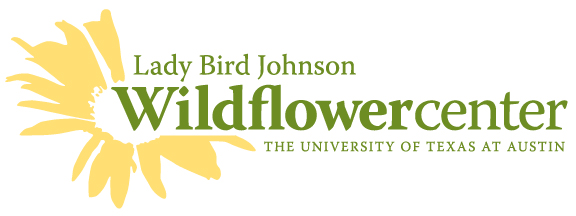 |
 |
|
 |
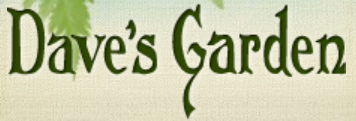 |
.
 Wildlife Tag
Wildlife Tag
